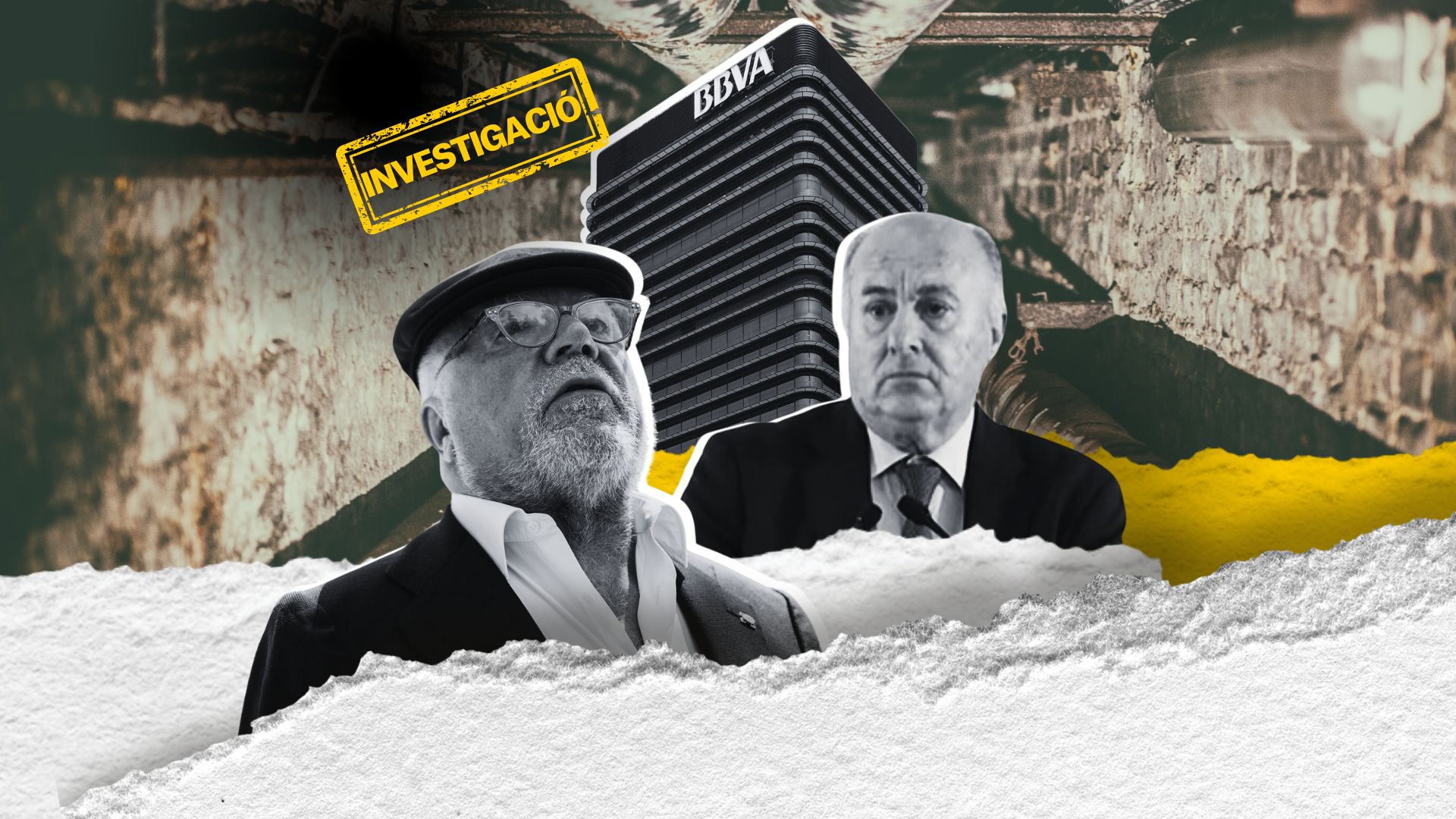A series of occurences that shouldn't happen in a courtroom, concentrated in a few minutes of video. A camera at Spain's National Audience that was activated during the break after an interrogation presided over by judge Manuel García-Castellón - in this case not about Operation Catalonia, but related to the former police commissioner José Manuel Villarejo in the so-called 'Iron' section of the Villarejo case - reveals some eyebrow-raising events just after an investigated person finishes testifying. Neither judge nor prosecutors are left looking especially good. The video, to which ElNacional.cat has had access, shows how as soon as the person being questioned leaves the premises, the two prosecutors burst into raucous laughter, and the judge approaches them and joins in the mirth. The conversation does not end there, and the audio makes it clear how the anti-corruption prosecutors immediately advise the judge on the steps that need to be taken in the investigation, when, in fact, the way that the case must be handled is a decision that the judge must take.
The recording took place on February 6th, 2019. According to the video, it was around 5:20pm. The images begin just as the questioning ends, and the judge, very dryly, orders him to leave. At this point, the recording should have stopped, but it continues. Anti-corruption prosecutors Miguel Serrano and Ignacio Stampa - in charge of the Tándem Case macro-investigation against Villarejo until last year - are heard laughing, and the judge, rather than going to his seat, approaches the table where these two are located and adds to the comments. "Thanks a lot, guys, that's it," the judge can be heard saying in a relaxed pose and gesturing with his hand, as the prosecutors continue to laugh heartily. In particular, veteran prosecutor Serrano makes some strong gestures, collapsing his body onto the table, as though he had just heard the joke of his life. "You are very sensitive," one of those present can be heard saying.
For the offences in the 'Iron' section of the case, the court sentenced Villarejo to four years in prison for revealing secrets and a further three years in prison for repeated falsification of a commercial document, used to obtain tax data from a law firm.
In the video, at 2:00 the names of the three main protagonists are tagged: the two prosecutors seated on the left of the shot, and judge García-Castellón in the centre. Thereupon the scene is replayed, with the person who has testified leaving the space with the judge, who then returns, arriving as laughter breaks out at 2:28. After that the instructions which the prosecutor gives to the judge are heard from 3:43 to 4:07.
A very specific requirement
In the video, the defence lawyer is not present in the judicial interrogation space. But this does not prevent the prosecutors from addressing the case with the judge and even telling him what to do, asserting that the need to give a court order. "Before the order to the bank, in a resolution you [need to] give us all of this very specifically, because we will have to be very precise", they advise him. "A court order?" asks the judge, and prosecutor Serrano confirms that that is correct, "a court order to the bank", while García-Castellón nods. "Yes, yes, I've done many already," he adds. Throughout the conversation, the judge and prosecutors are heard agreeing on the schedule and talking about "legal cover."
It is common for judges and prosecutors to exchange their positions on an ongoing investigation, but the role of the judge is to permit or deny actions requested by the prosecutor and the parties to the case, not the other way around. It is the judge of the court who directs the investigation, needing to play the role of an arbitrator, not as the inquiring party, which is the task of the prosecutor.
A judge under question
The judge of the National Audience's central investigative chamber No 6 has himself been the subject of many questions for his lack of interest in investigating Operation Catalonia, the campaign to discredit against the independence movement, despite having all the information, as ElNacional.cat published three weeks ago. In addition, he has recently been accused of lawfare, after reactivating the dormant Democratic Tsunami case on November 6th, alleging that there is evidence of crimes of terrorism by the exiled Catalan president Carles Puigdemont, the general secretary of ERC, Marta Rovira, deputy Ruben Wagensberg, and nine others. This all toook place just as Together for Catalonia (Junts) and the Spanish Socialists (PSOE) were concluding an agreement to push forward the proposed amnesty law for send Catalan independence movement prosecutions. And, as the amnesty law text was developed, the judge wrote a new resolution attempting to defy it. This Monday, García-Castellón ordered the extension of the Tsunami investigation for another six months due to the need to complete proceedings he himself had ordered at the last minute. The judge also invoked terrorism charges against the 12 pro-independence CDR activists charged in so-called Operation Judas, another case which is pending trial and pending a decision - by the legislature - on whether it will be included in the law that grants an amnesty for independence process charges.

